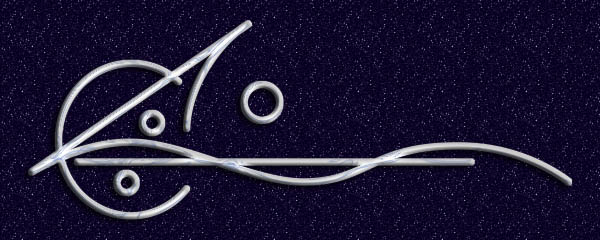To some, this may sound petty, but others will know what I mean.
Back when I worked in photography, one of the things that separated the amateurs from the pros had to do with Finish. I did lab work most of my career, what was referred to as “finishing.” Now, at its most basic, this was simply processing the film and printing the pictures, but there was so much more to it than that simple description suggests. Because we weren’t just supposed to print someone’s photographs—we were supposed to make them look good.
And that required a lot of practice, more than a little experience, a bit of expertise, and, most importantly, what that idea meant. Often the difference between a snapshot of Long’s Peak and a photograph of it was largely a matter of how the image was presented. How it was processed, printed, was it then mounted and framed, had care been given to the balance of values across the range of tones, had anyone retouched (this is more to do with printing from negatives where the advent of dust could play havoc with an image and required a patient hand with a fine brush to repair) it, and finally had the printer treated the image with the respect and imagination it merited. As much as the original image itself is a work of art, the production of the print is itself a matter of artistic accomplishment.
What does this have to do with writing and publishing?
I’m glad you asked that question. In its own way, just as much.
The other day I was handed a self-published book and started reading. I stopped less than two pages in. (Before you wonder, this had nothing to do with my job, this was a book sent me by a friend.) Why did I stop? Was the story horrible?
I have no idea. Because the “finishing” was bad. Poor typography, the page layout was not good, and there were transfer artifacts evident throughout. By that I mean the thing was not proofed after it was set up and so paragraphs that should have been indented were not, italics that should have been there was not, special characters were replaced with some kind of word processor code. Correctable mistakes having to do with appearance remained in the product to mangle the reading experience. In short, it was physically unpleasant.
But the writing was not good either. Not so much that the sentences were poor, but many of them were in the wrong place, paragraphs were crammed with whatever the author thought of to put down next in line, and later did not go back to put them in the right place. Jumbles of sentences and ideas that may or may not have been necessary to the story but in the configuration on the page did nothing but cause bafflement and headache trying to do the editing that ought to have been long before the cover art was even considered.
Which was actually pretty good, that cover art. As if a pretty wrapper could compensate for the amateur mess inside.
The book had been released into the wild too soon. It needed more work. It needed “finishing.”
This is an aspect of the whole self-publishing phenomenon I do not understand. When I worked in photography there were many people I knew who were gleeful amateurs who did their own processing. They had fun. They derived pleasure from printing their own pictures. None of them would have dreamed of putting what they did in their basement up in a gallery to pass off as professional work.
But there are authors who think nothing of assuming, because they can now get their work between covers and find a way to distribute it, that this somehow makes them equal to professionals who publish through traditional houses. There is a false equivalency based on poorly understood standards. It is one of the things I find most depressing about the self-publishing industry. Through this mechanism there is little to require the wanna-bes to do the work necessary to make a good product.
Am I nitpicking? Michelangelo said “Trifles make perfection and perfection is no trifle.” Nits are like dust spots and they spoil the finish.
And it’s not like this is hard to see. Go into a bookstore and pull a book off the shelf, something published by Harper or FSG or Putnam, Macmillan, Simon & Shuster, and open it up and look at the page. Look. Does what you just paid money to produce match what you see in terms of font, layout, pagination? And it is not like this should be that difficult to correct anymore.
Time-consuming, yes. Just like rewriting and editing are time-consuming.
You can’t rush good finishing. If you do, it will show, and people will be put off by your work. And if they’re put off, they won’t read it, and then all the work you have put into it will be for nothing.
I needed to get that off my chest. Thank you for your patience.
